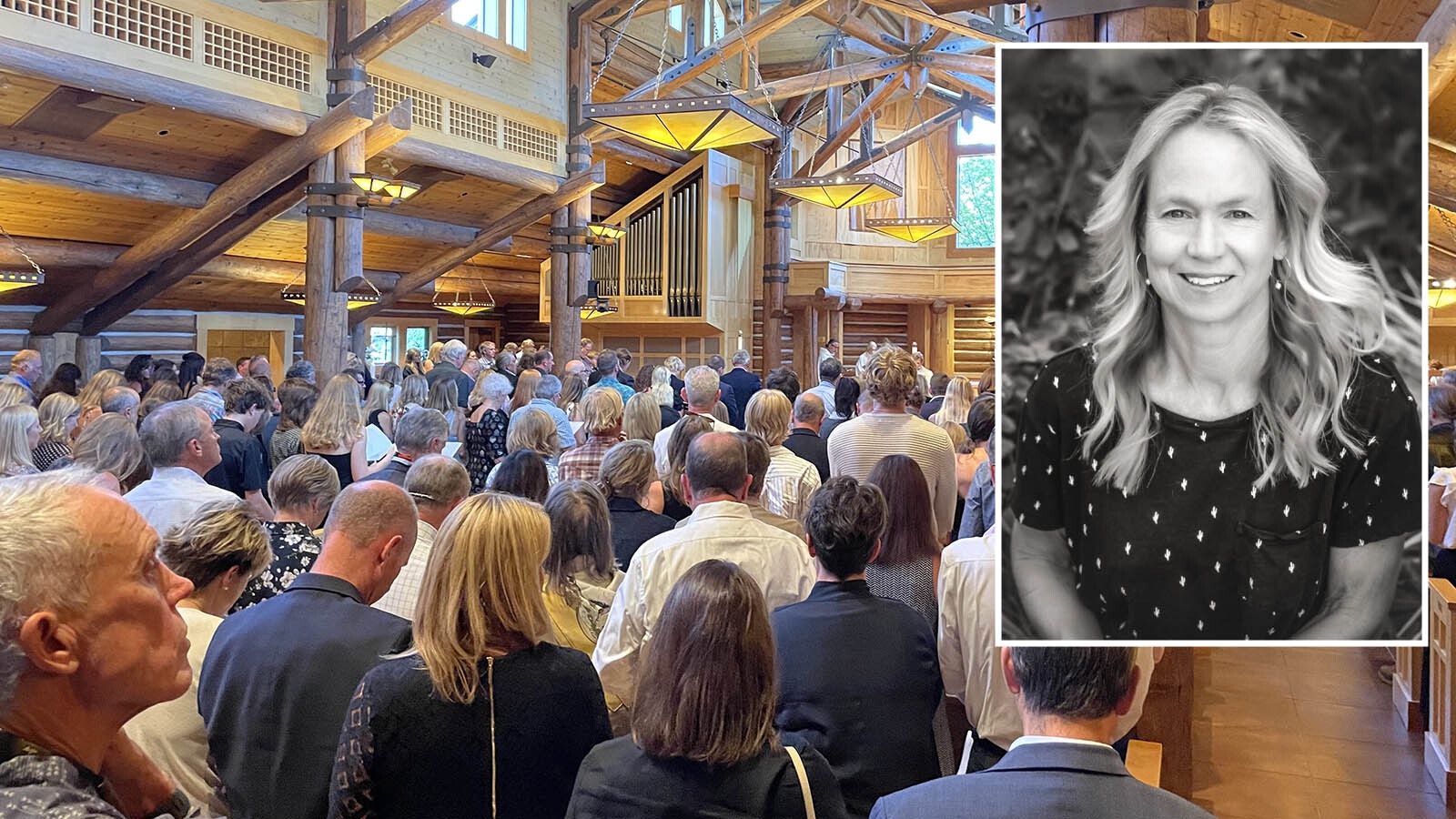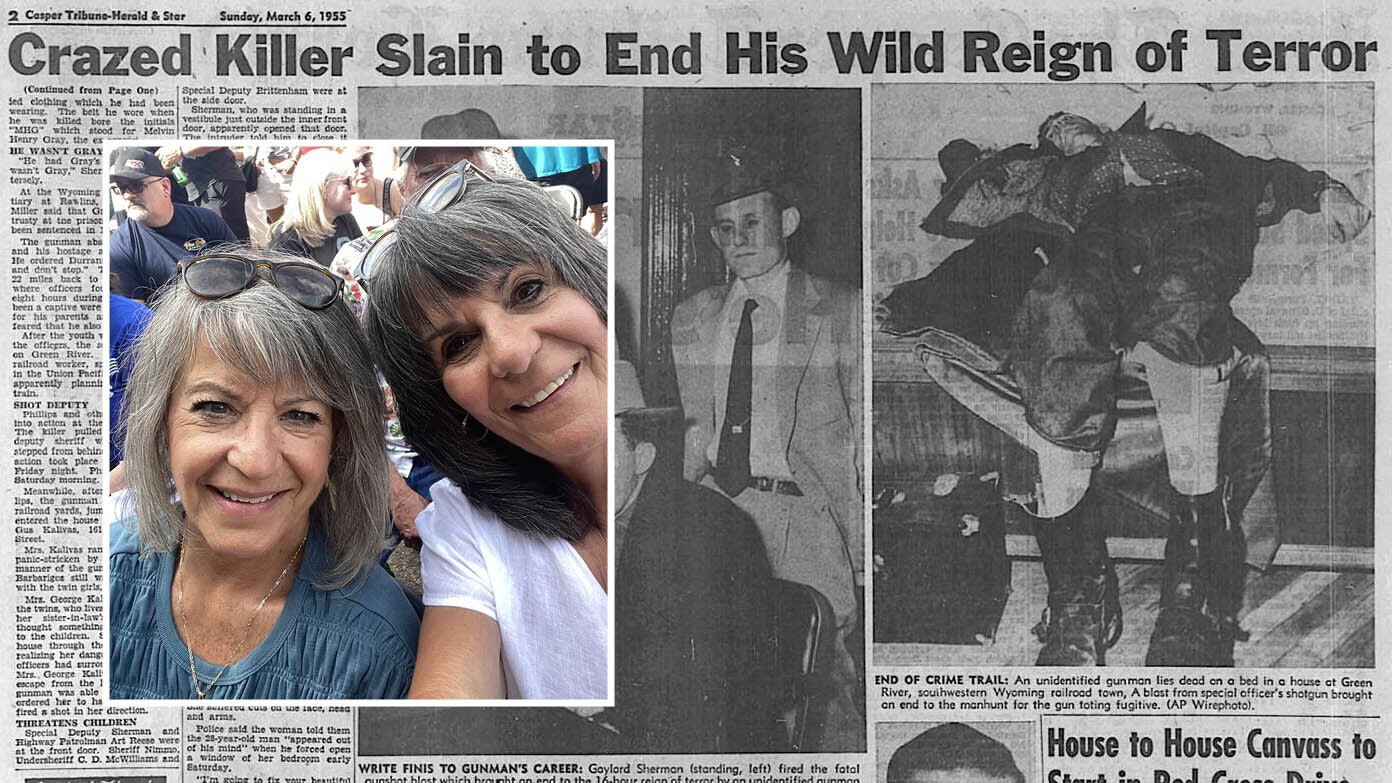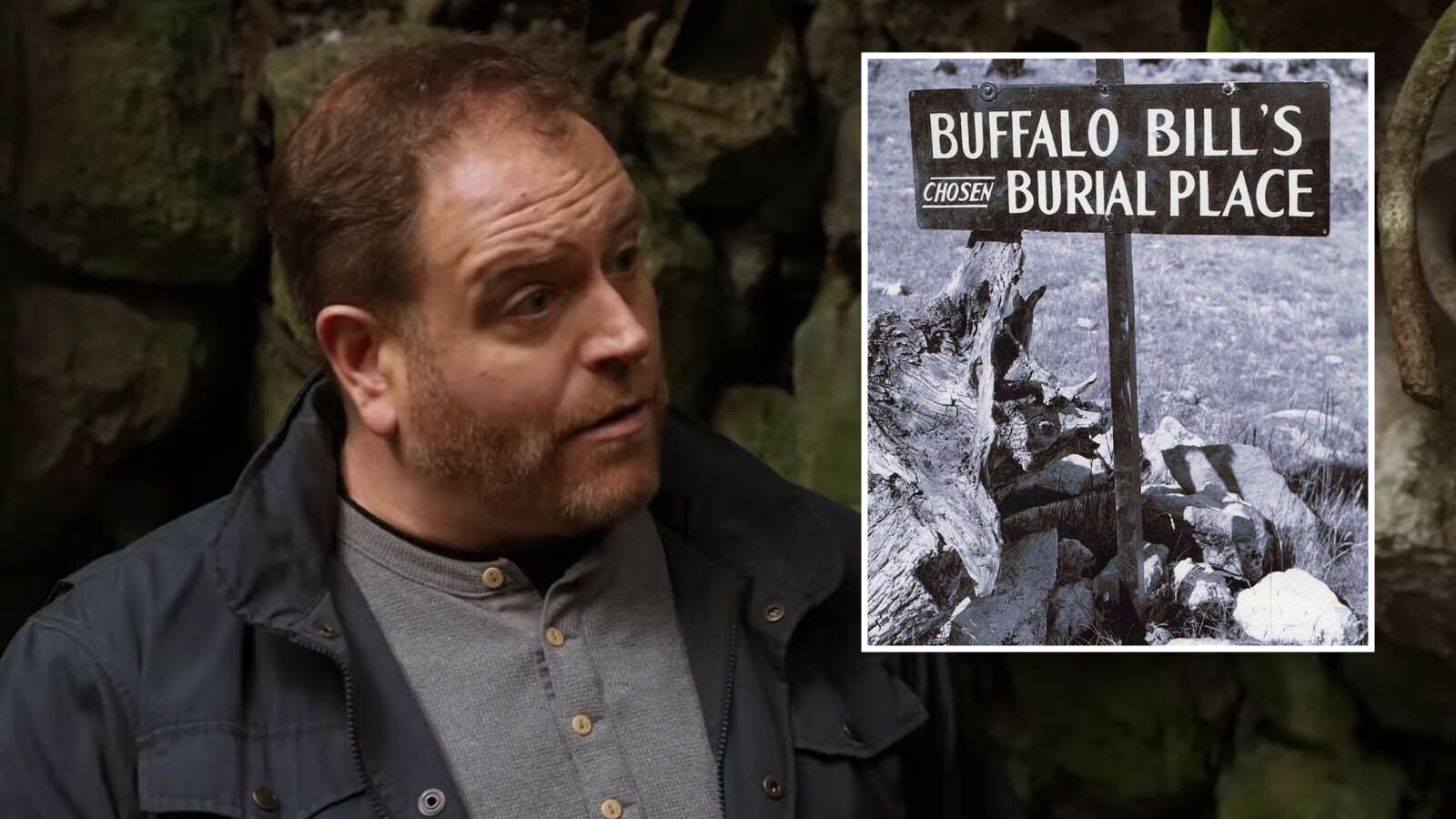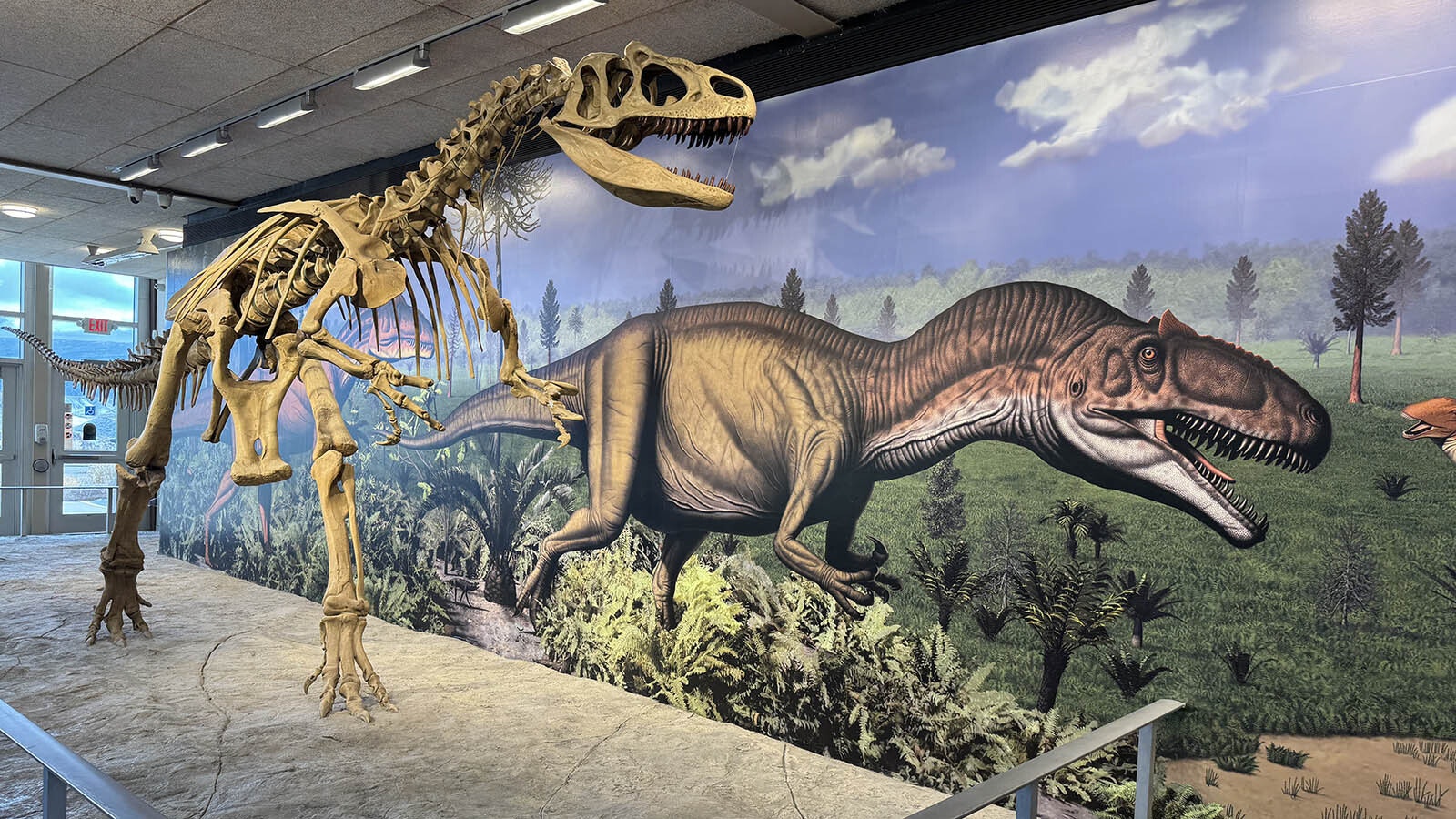In 1877, Gen. Philip Sheridan marched from Fort Brown to the site of Gen. George Armstrong Custer’s fateful downfall at the Little Bighorn.
The herds of buffalo and fields of larkspur were recorded by Maj. George A. “Sandy” Forsyth in a small diary he kept as part of Sherman’s company that’s today squirreled away in a bank vault by the Hot Springs County Museum and Cultural Center in Thermopolis.
Forsyth was Gen. Sheridan’s aide de camp for his expedition from what today is Lander, Wyoming, through the Bighorn Mountains. With Gen. George R. Crook and others, Forsyth was on a journey to the scene of the Battle of the Little Bighorn in Montana.
It had been a year since Forsyth’s former comrade-in-arms, Gen. George Armstrong Custer, had been defeated by the Lakota Sioux, Cheyenne and Arapaho. The small company was on its way to new outposts being built along the Rose Bud Creek and Tongue River. Sioux scouts now accompanied the group and led their hunting parties.
A plain brown journal detailing the trip was on its way to the Smithsonian in 1960 when Charlotte Lance of Pennsylvania decided it belonged in Wyoming instead. She had inherited the journal from her husband and, since it was written about a journey through Hot Springs County, sent it to museum curators in Thermopolis.
Eloquent Writing
In 1877, Forsyth had left Chicago by rail and arrived in Cheyenne with Gen. Sheridan. From there, they took another train to Green River and then a stagecoach to Camp Brown, which was renamed Fort Washakie the following year.
Forsyth was a skilled writer, and his words described a world as beautiful as any national park. He described the bright blue of the larkspur and forget-me-nots, the string of trout they caught and the mosquitoes that plagued them.
Nearly 150 years ago, buffalo still roamed Hot Springs County in large herds and the area was still being mapped.
Forsyth’s entries, which Cowboy State Daily obtained from the Hot Springs County Museum, provides people today with vivid descriptions of Wyoming’s past, and they detail some of the battles and struggles that are part of the state’s lore.
Forsyth’s diary entry from July 5, 1877, describes the scene as the company left present-day Shoshoni and went into the Bridger Mountains.
We made camp on the side of a hill in a winding sort of valley – rough red earth and sage brush, filled with Buffalo – probably 5,000 of them. This P.M. we were almost stampeded by the Indians driving some Buffalo nearly thro camp. So far today we have killed 40 Buffalo, Elk and Antelope.’
Camp No. 6: Thursday P.M. General Crook is still out at 9 P.M. He has Lieut. Schulyer and two orderlies with him. At 7 P.M. tonight a frightened Buffalo Bull dashed thro our camp. He came down a steep hill and right thro the camp, like a locomotive off the track. Friday A.M. General Crook still absent. 58 Buffalo, Antelope, Elk’
After this close call, with a beast that could weigh up to 3,000 pounds, the men nicknamed their camp “Camp Stampede.”
Forsyth described the scene in detail from that summer 147 years ago. How the red hills were dotted with thousands of massive brown beasts, grazing in the pale green of the sage. The cavalry soldiers and Sioux scouts, led by Gen. Sheridan, had spotted the enormous herd of bison which delayed their trip back to camp. They had been exploring and mapping out the Bridger Mountains and Bighorn region, then relatively unknown.
Their path took them through the Nowood area, east of modern-day Thermopolis. The land was still untamed and the Civil War veteran reveled in the beauty. He described the trout they caught, the wild animals they hunted, and he marveled often on the deep blues of the flowers – especially the forget-me-nots and larkspur.

Friday, July 6, 1877
Camp No. 7 On Nowood Creek: This Valley is really a very pretty one. No Wood Creek is a fine stream and we have caught a quantity of mountain trout in the stream. General Sheridan and myself took 20 in an hours fly fishing. For some days we have passed thro lots of exquisitely blue larkspur. But today our camp is a perfect carpet of larkspur – deep beautiful blue – a perfect carpet and very lovely. General Crook came in the P.M. He had capital success hunting and passed the night very comfortably in the open air. We saw several antelope today.
Wednesday, July 11, 1877
Thermometer/Altitude 9994, Camp No. 12: Today Lieut. Carpenter and Lt. Schuyler started to make the ascent of Clouds Peak, the highest peak in the Big Horn Range. So far as is known the ascent has never yet been made. They are accompanied by 2 packers, 2 orderlies each and four mules. They expect to be absent from 2 to 4 days.
We will stay in camp here tomorrow.
Sunday, July 15, 1877
Thermometer 41* A.M., Camp No. 14: Still near the Shell Creek where we were yesterday. Last night it was quite cold and rained and snowed. This morning we found 2 inches of snow on the ground. At breakfast, Dick had a cake of snow crowned with flowers as an Epergne.
We will be out from Chicago 3 weeks tomorrow. At 1 ½ P.M. today a find elk came close up to headquarters before any one saw him. He got away though the Indian guide shot at him several times.
Lieuts. Carpenter and Schyker returned from their attempted ascent of Cloud Peak at 5 this afternoon. They found it impossible to get up to the top – there being a sheer wall of 130 feet. The party shot 4 Mtn. Sheep.
As the trip over the Bighorn Mountains was coming to a close, Forsyth noted the purpose of their trip was to ultimately survey the new forts being built and to visit the scene of Custer’s Last Battle in present-day Montana.

Friday, July 20, 1877
Camp No. 18, Grass Sedge: A clear beautiful morning.
Found very fine grazing all along the route and halted at one of the finest bottom lands I have seen. Grass very high and very good.
I was impressed strongly for the fiftieth time last night in regard to the Custer fight. No one seems to know the truth of the affair so far as regards the Custer portion of the fight.
Saturday, July 21, 1877
Camp No. 19: A lovely morning. We got away at A.M. and started down the river Little Horn, for the scene of Custer’s last fight. The bottomlands are very good. Land fine. Stream fair. Springs good. Distant view of the Mountains etc. We reached Custer’s Battle Ground at 10 a.m. and camped on the river bank just below it.
From 2 till 6 I went over the ground with Col. Hart and a detail of 10 men from the 5th Cavalry and carefully searched and reburied all skeletons visible (17 skulls).
Soon, after describing the battlefield in just one sentence, Forsyth’s diary came to a close. He had boarded a steamer for Bismarck, North Dakota, and from there, his next assignment returned him to Chicago to help quell the Great Railroad Strike of 1877.
He may have left Wyoming behind, but it remained close to his heart. The beautiful mountains and peaks had given a battle-weary soldier time to pause and breathe in the fresh air as he swatted away the mosquitoes and lamented that Gen. Crook has once more out-fished him.
Today, his written words paint a portrait of the territory of Wyoming as seen through the eyes of a cavalry soldier.
Contact Jackie Dorothy at jackie@cowboystatedaily.com

Jackie Dorothy can be reached at jackie@cowboystatedaily.com.





